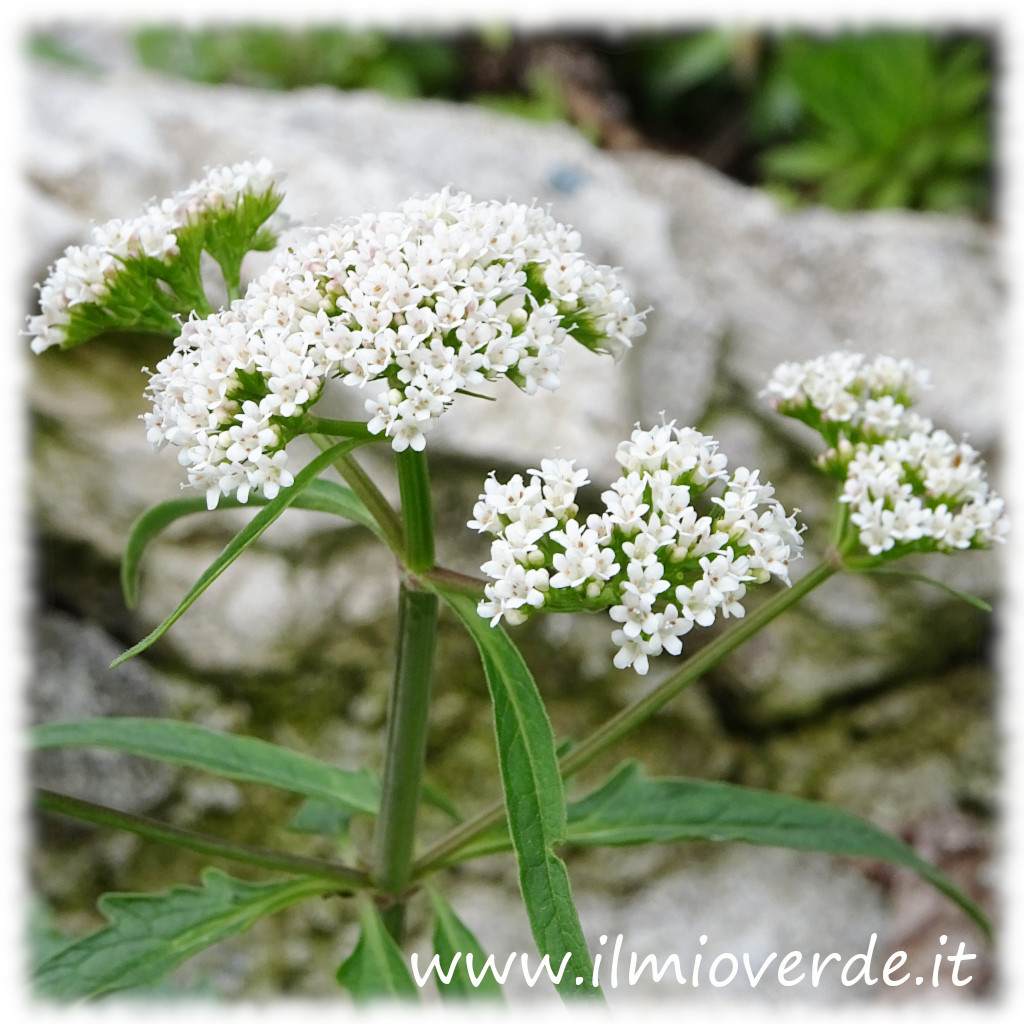Valeriana tripteris, belonging to the Caprifoliaceae family, is a mountain perennial plant characterised by a subtle elegance and delicate flowers that enhance humid and cool environments. This article explores the main characteristics, its habitat, and the features that make this species interesting for both nature lovers and alpine gardening enthusiasts.
Scientific Classification
- Kingdom: Plantae
- Division: Angiosperms
- Class: Dicotyledons
- Order: Dipsacales
- Family: Caprifoliaceae
- Genus: Valeriana
- Species: Valeriana tripteris
History and Etymology of the Name
The name “Valeriana” comes from the Latin valere, meaning “to be well,” which is a clear reference to the healing properties of the genus. The specific epithet “tripteris” refers to the leaf structure, divided into three main segments, a distinctive feature of this species.
Description
Valeriana tripteris is a herbaceous perennial plant with an upright habit, reaching a height between 20 and 60 cm. It features:
- Leaves: Basal compound leaves, with serrated edges, divided into three main segments. The stem leaves are smaller and sessile.
- Flowers: Small, white or pinkish flowers, gathered in corymb-like inflorescences. Flowering occurs between June and August.
- Root: Thin and rhizomatous, similar to other species in the Valeriana genus.
Habitat
Valeriana tripteris primarily grows in:
- European mountain areas, at altitudes ranging from 500 to 2000 meters.
- Humid environments, such as open woodlands, stream banks, and shaded pastures.
- Fresh, well-drained soils rich in organic matter.
Key Features
This species is distinguished by its:
- Adaptability to humid and shaded environments.
- Delicate and upright habit, making it easily recognisable.
- Elegant and fragrant inflorescences.
Flowering
Flowering occurs from June to August, with the small white or slightly pinkish flowers attracting pollinators, playing a key role in mountain ecosystems.
Climate and Exposure
Valeriana tripteris thrives in:
- Climate: Cool temperate climate with moderate temperatures and good humidity.
- Exposure: Semi-shaded environments or areas with filtered light.
Soil and Irrigation
- Soil: Prefers humus-rich, well-drained, and mildly acidic soils.
- Irrigation: In cultivation, it requires regular but not excessive watering to avoid waterlogging.
Uses and Curiosities
Although not as well known for its medicinal properties as other species in the genus, Valeriana tripteris plays an important ecological role. It is used for:
- Enhancing alpine and naturalistic gardens.
- Stabilising soils in humid areas due to its rhizomatous root system.
Valeriana tripteris is a valuable component of mountain flora, with its delicate appearance and adaptability to cool, humid environments. Perfect for those looking to enhance their green space with an elegant and subtle plant, it is also a crucial element for biodiversity in mountainous areas. If you are an enthusiast of alpine plants, this species definitely deserves a prominent place in your botanical explorations!
Immagine di Davide Giuseppe Zannini
